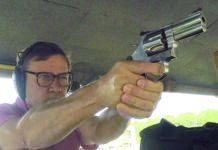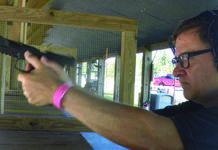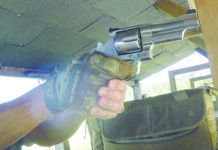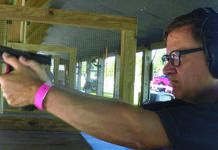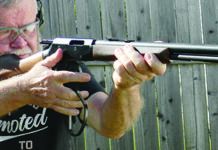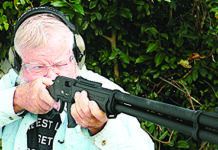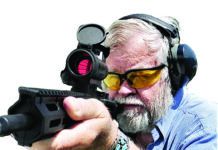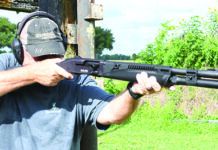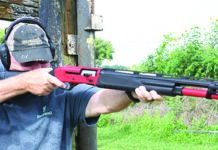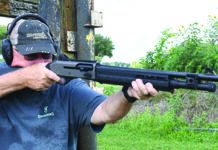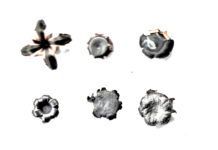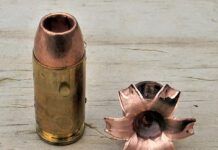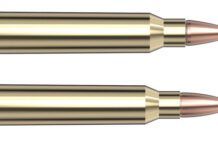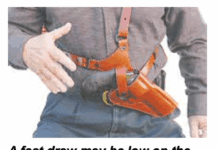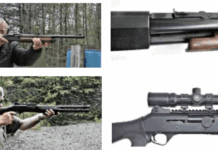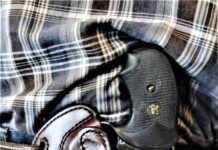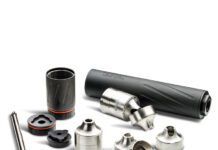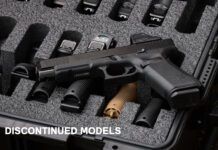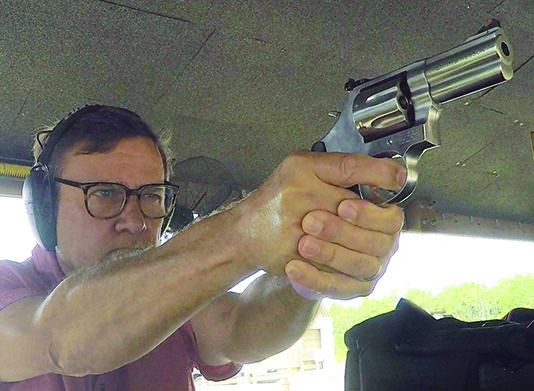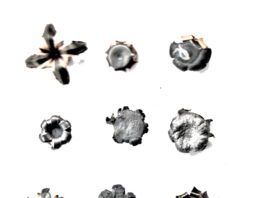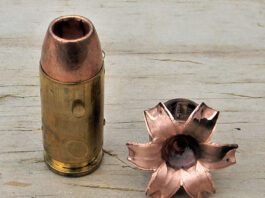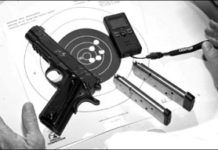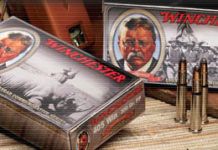SHOT Show Media Day Rock-and-Roll Shooting Party
.45 ACP Matchup: Were Mostly Sold on Kimbers Custom SIS RL
In this evaluation, we will look at three .45 ACP 1911-style pistols. Not too long ago, this would mean three pistols that looked almost exactly alike. But today's 1911 may contain as many different components as the total number of its parts. For example, the new Brownells catalog devoted solely to the 1911 lists as many as 27 different styles of custom hammers. Thus, our test guns offered several different variations on the 1911 platform.
Our three test guns were the $1421 Kimber Custom SIS RL, Springfield Armory's $1332 Loaded Operator MC, and the $1129 Para Ordnance P14-45S GR. Each gun fired from a 5-inch barrel supported at the muzzle by a bushing and could be referred to as full-size "Government" models. But the Para Ordnance pistol offered higher capacity, feeding from a wider magazine wherein the rounds were piled in a zigzag pattern rather than stacked in a single column. All three guns varied in the designs of their grips, sights, and thumb safeties.


